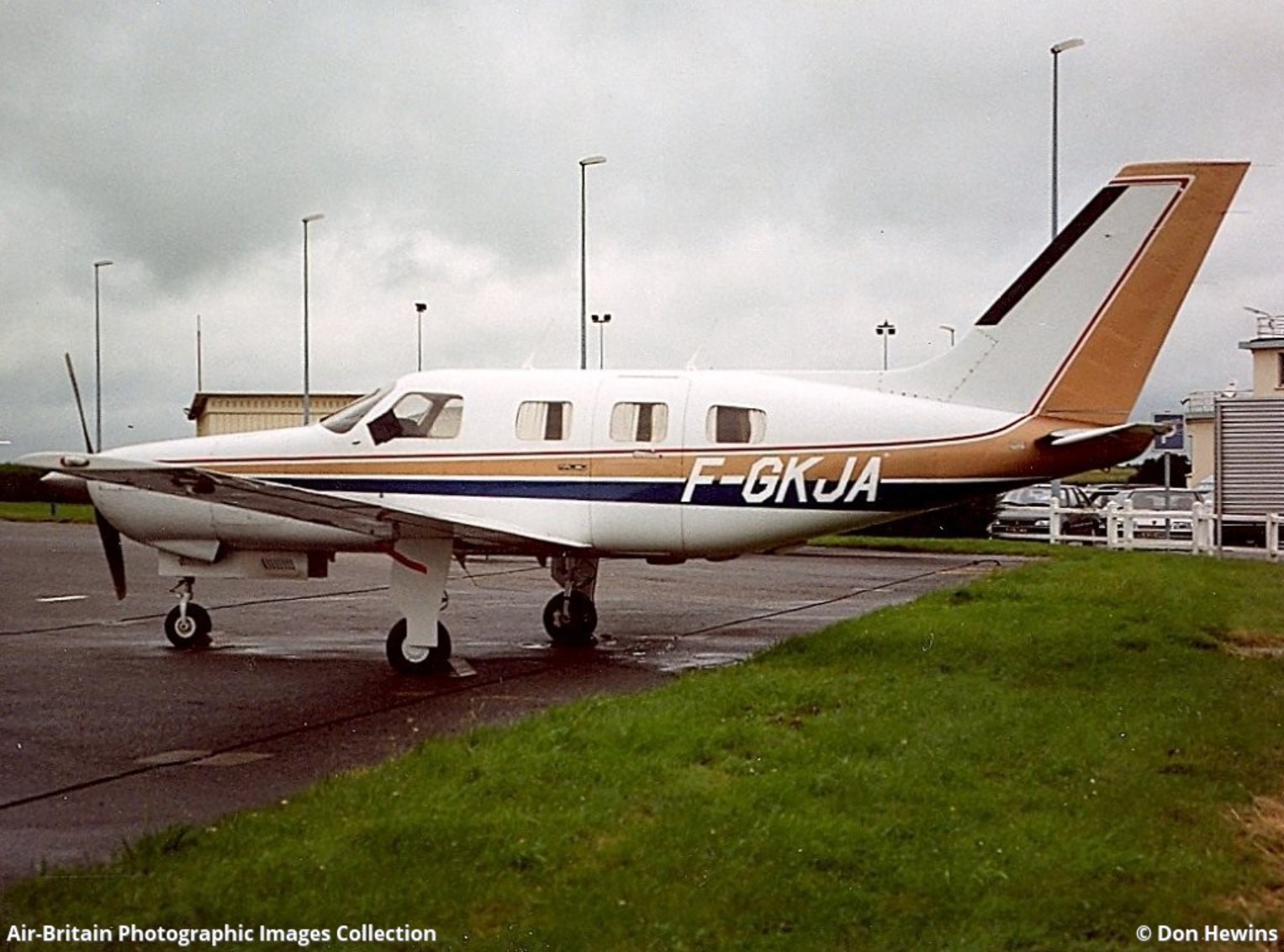Crash of a Piper PA-46-310P Malibu in Paderborn: 3 killed
Date & Time:
Aug 21, 1999 at 1017 LT
Registration:
D-ELHB
Survivors:
No
Schedule:
Niederstetten - Paderborn
MSN:
46-8608038
YOM:
1986
Crew on board:
1
Crew fatalities:
Pax on board:
2
Pax fatalities:
Other fatalities:
Total fatalities:
3
Captain / Total hours on type:
162.00
Aircraft flight hours:
2092
Circumstances:
The single engine aircraft departed Niederstetten Airport, Baden-Wurttemberg, at 0915LT with two passengers and one pilot on board. The flight was completed under VFR mode until Würzburg then the pilot was cleared to continue under IFR mode to the destination. On approach to Paderborn-Lippstadt Airport, after passing 5,000 feet, the pilot was cleared for an ILS approach to runway 24. At an altitude of 3,700 feet, while trying to establish on the ILS, the pilot momentarily lost control of the airplane. He elected to regain control when the aircraft climbed to 4'000 feet, entered a left turn then an uncontrolled descent until it crashed in a field located in Borchen, about 8 km short of runway 24. The aircraft was destroyed and all three occupants were killed.
Probable cause:
The pilot was trying to intercept the ILS runway 24 when he momentarily lost control of the airplane. While trying to regain control, the outer of the right wing broke off due to structural failure caused by aerodynamic forces that exceeded its certification. The pilot, despite holding an instrument license, was apparently unable to execute an instrument approach.
Final Report:


